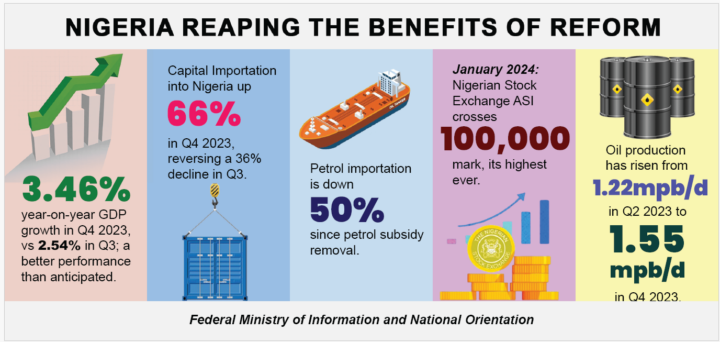Walking through the cavernous hallway with open eyes buried in darkness then comes a ray of light from crisscrossed rectangular holes slightly brightening the path to the “roofless” resting place of Sir Abubakar Tafawa Balewa, Nigeria’s unrivalled prime minister.
“The darkness that greets visitors at the tomb’s entrance signifies the hardship faced in the fight to free Nigeria from the colonial administration,” said a tour guide in the national monument. “These rays of light represent hope for the nation.”
We cornered to the right and arrived at the second darkened hallway leading to the staircases that link to the resting palace of the prime minister. There were other rays of light after we walked a few steps forward. “The second darkness symbolizes Nigeria’s continuous struggle for Independence, while the full brightness ahead depicts the achievement of Nigerian independence in 1960,” the tour guide added.
READ: FLASHBACK: ‘Ina Sardauna?’ — How Ahmadu Bello was Assassinated 6 Years after Independence
The Hardship, Freedom and Aftermath of His Assassination
The staircases — rough and smooth — connotes hardship and freedom, according to the tour guide. The rough staircase, he said, signifies the hardships experienced by Nigerians under the colonial administration, while the smooth one symbolizes the freedom enjoyed after achieving self-government in 1960.
“Truly we are from Allah we come and to Him, we shall return,” reads an Arabic inscription on a tombstone resting on the wall opposite the staircases. From here, we proceeded to the demarcated walkway on our right hand. “The space in between the walkway connotes the crises that erupted following the assignation of the prime minister on January 15, 1966,” the tour guide stated.
Here lie the heroic remains of Abubakar Tafawa Balewa in a roofless marble-fenced garden — playing host to the scorching sun and seasonal downpour from the sky. The open roof, WikkiTimes learned, signifies the open-mindedness of the late nationalist and the simple life he lived.
The 17 feet wall enclosing the grave was beautified with multi-colour marbles and this agrees with the popular saying [Unity in Diversity] among Nigerians. WikkiTimes understands the multi-colour marbles depict numbers of ethnic groups in the country.
Balewa’s life symbolizes truism as various accounts had it that he died leaving nothing behind except one house which was built by himself. The late prime minister’s life was briefly explained with the simple structure of the monument.
READ: THROWBACK: Moments Tafawa Balewa Warned Against ‘Selfish Luxury’ in His Independence Speech
Started in 1977 and commissioned in 1979, the entrance gate of the tomb was designed to signify the childhood and educational background of late Tafawa Balewa.
He was born to the family of Yakubu Dan Zala in 1912 and had his basic education at a Quranic school in the city of Bauchi and proceeded to the Katsina College, now known as Balewa College. In 1933, when he finished schooling at the college, he returned home and started teaching at the Bauchi High School, where he became the principal in 1941.
He attended the Institute of Education, the University of London in 1944, and in 1946 he was elected to the Northern Nigerian House of Assembly while elected Vice President of the Northern People’s Congress (NPC) in 1951.




